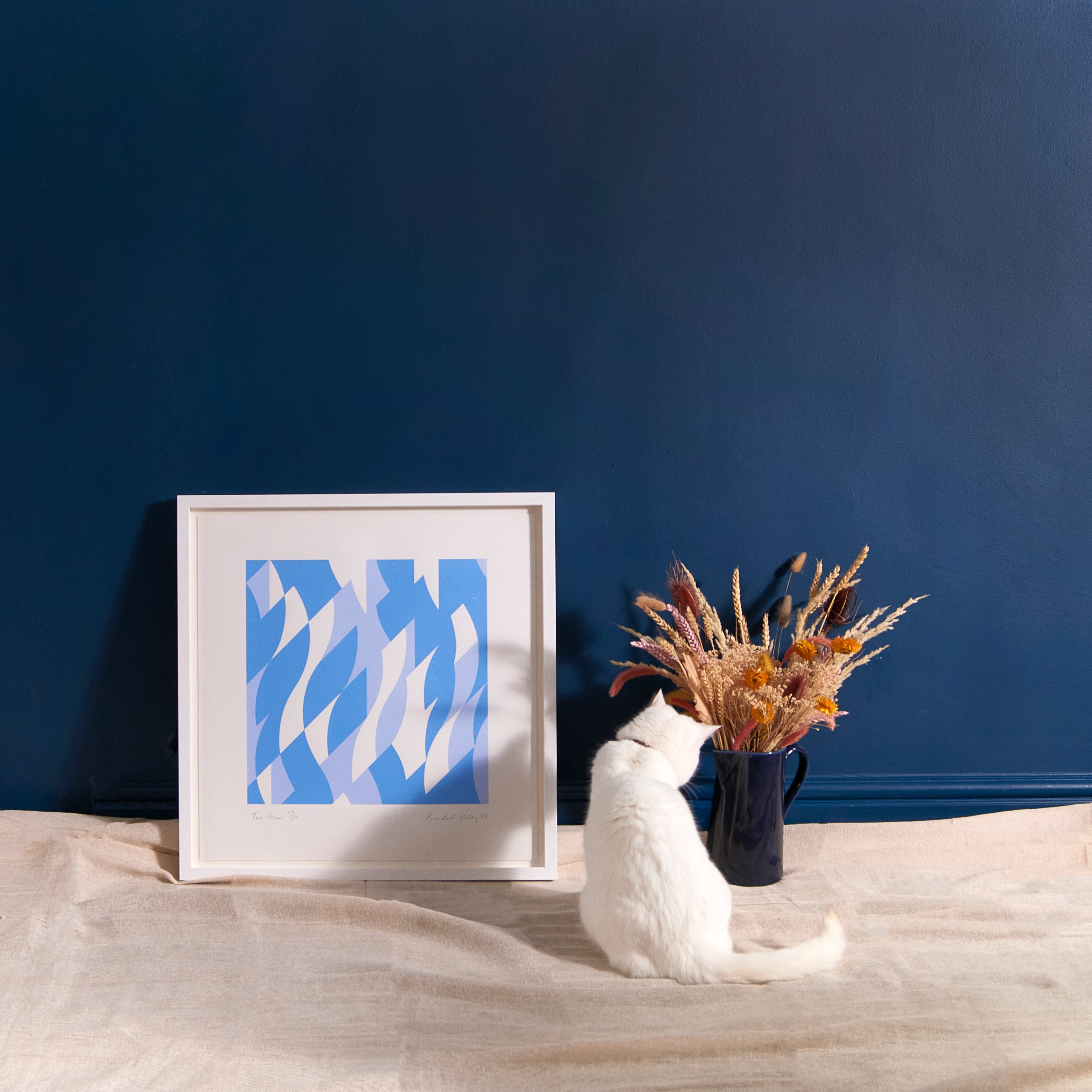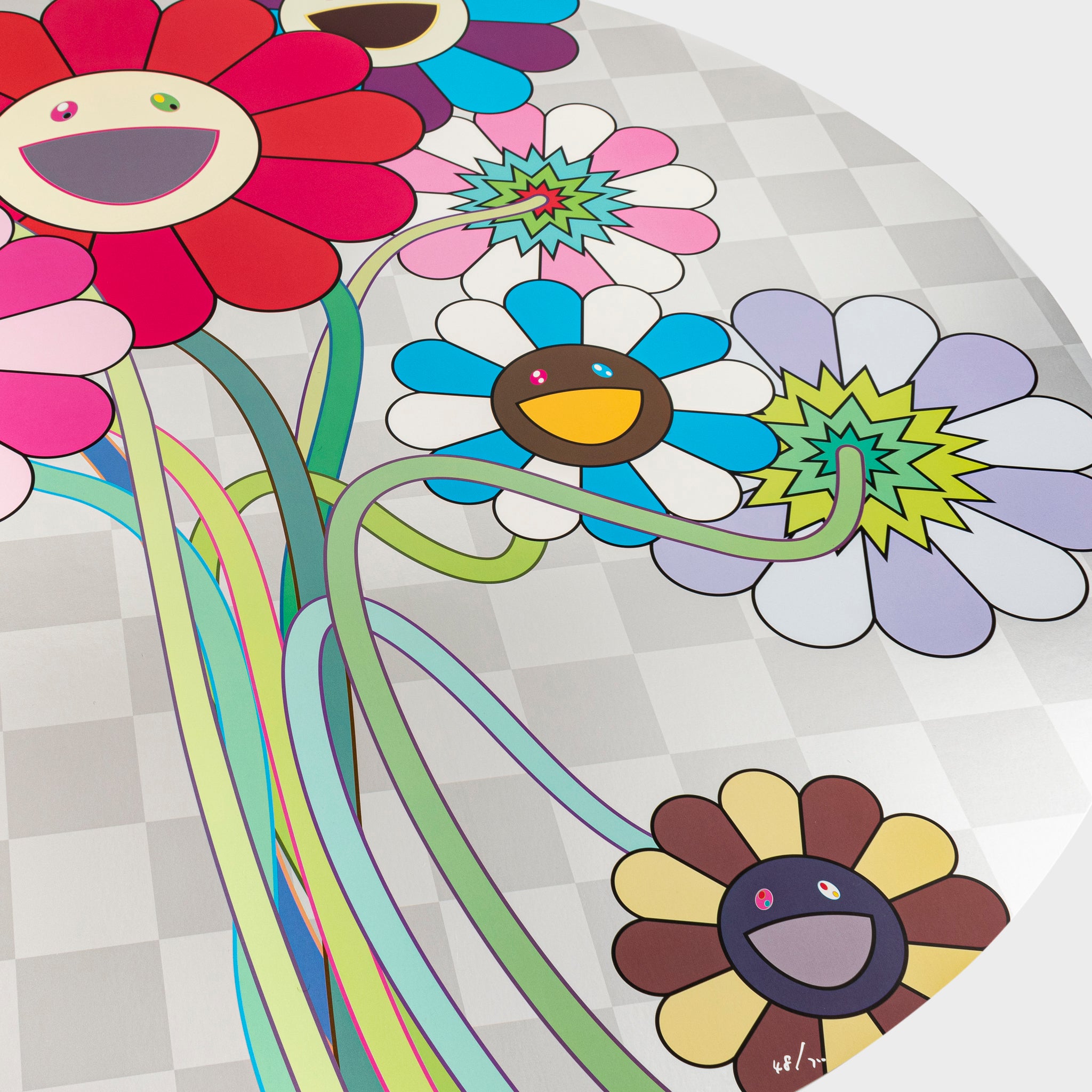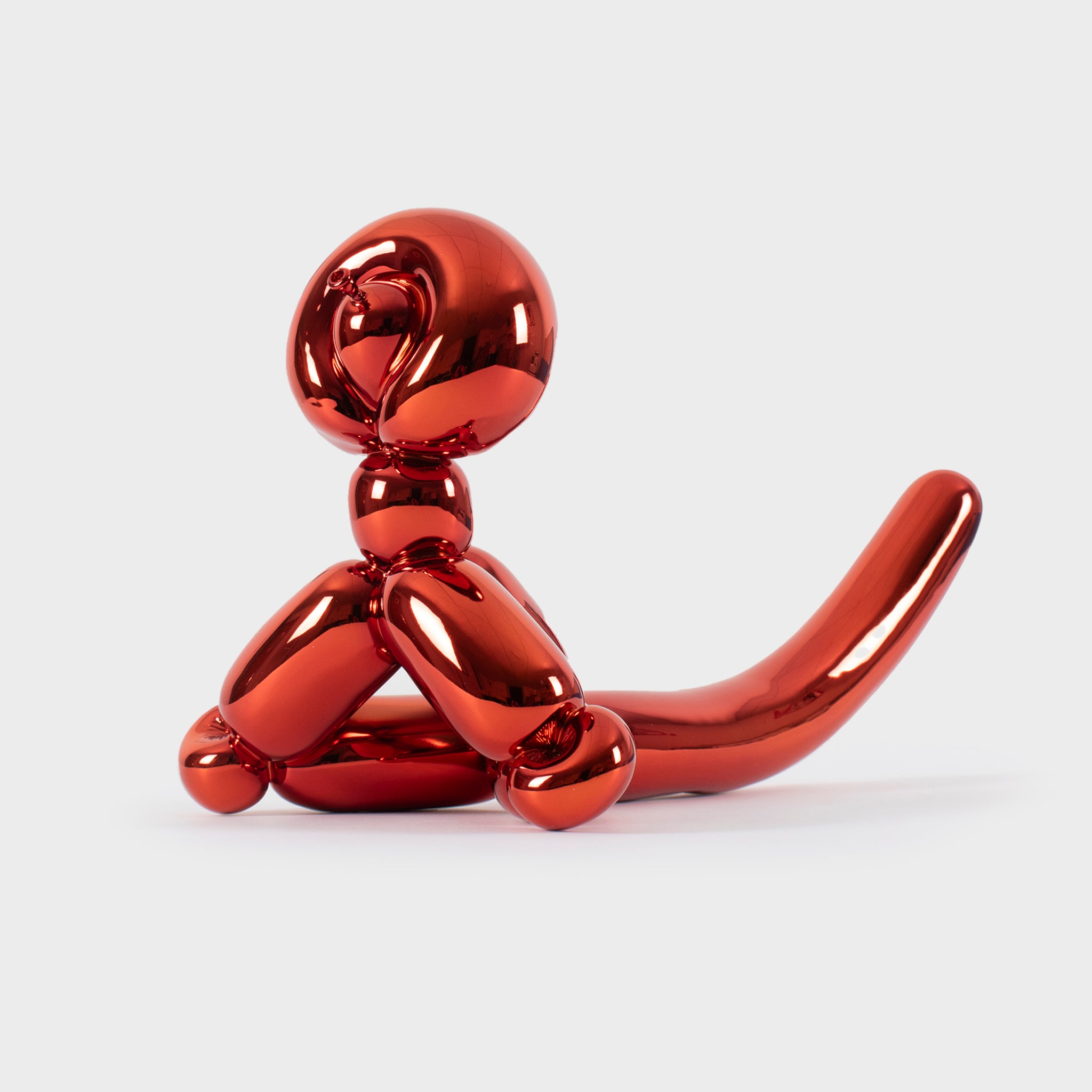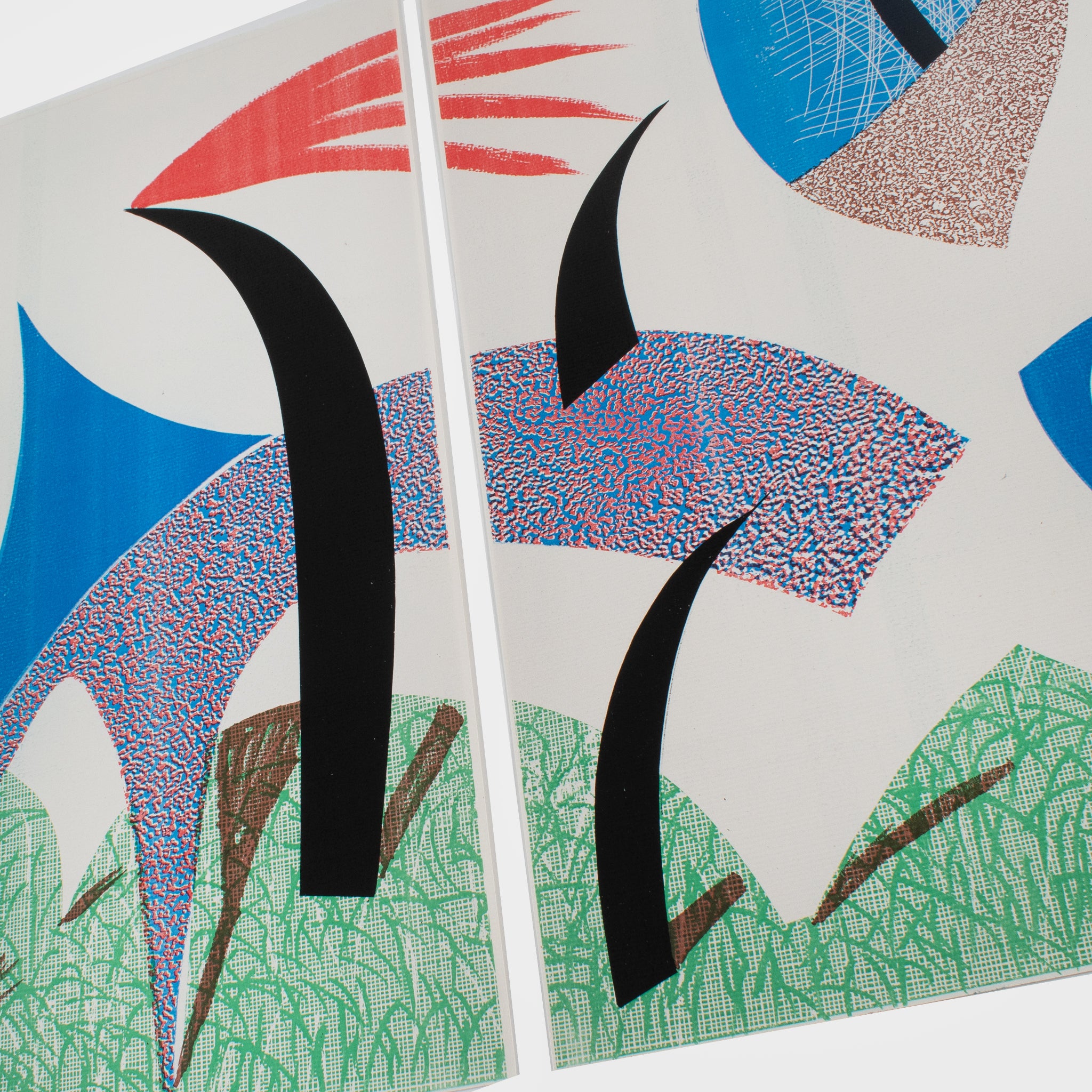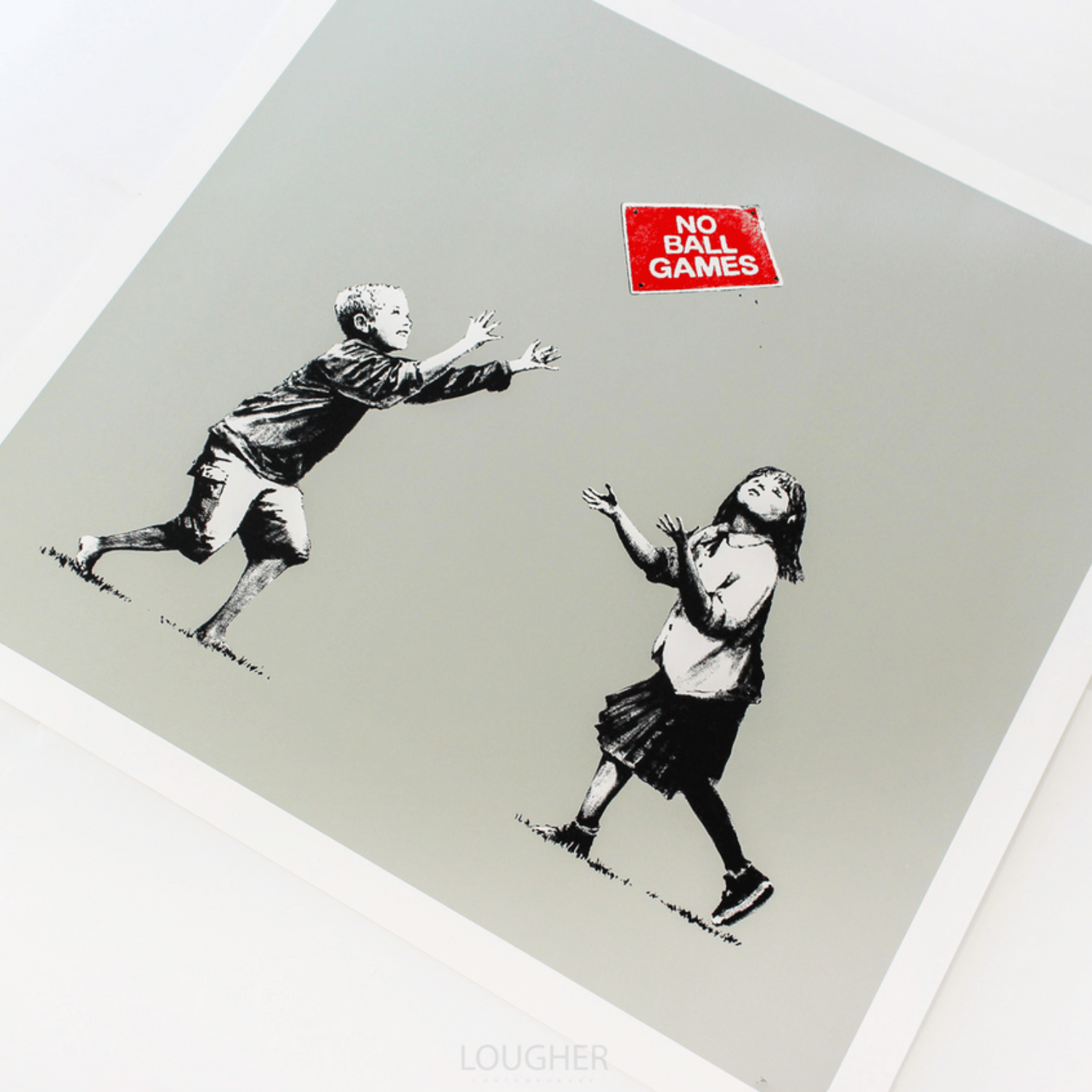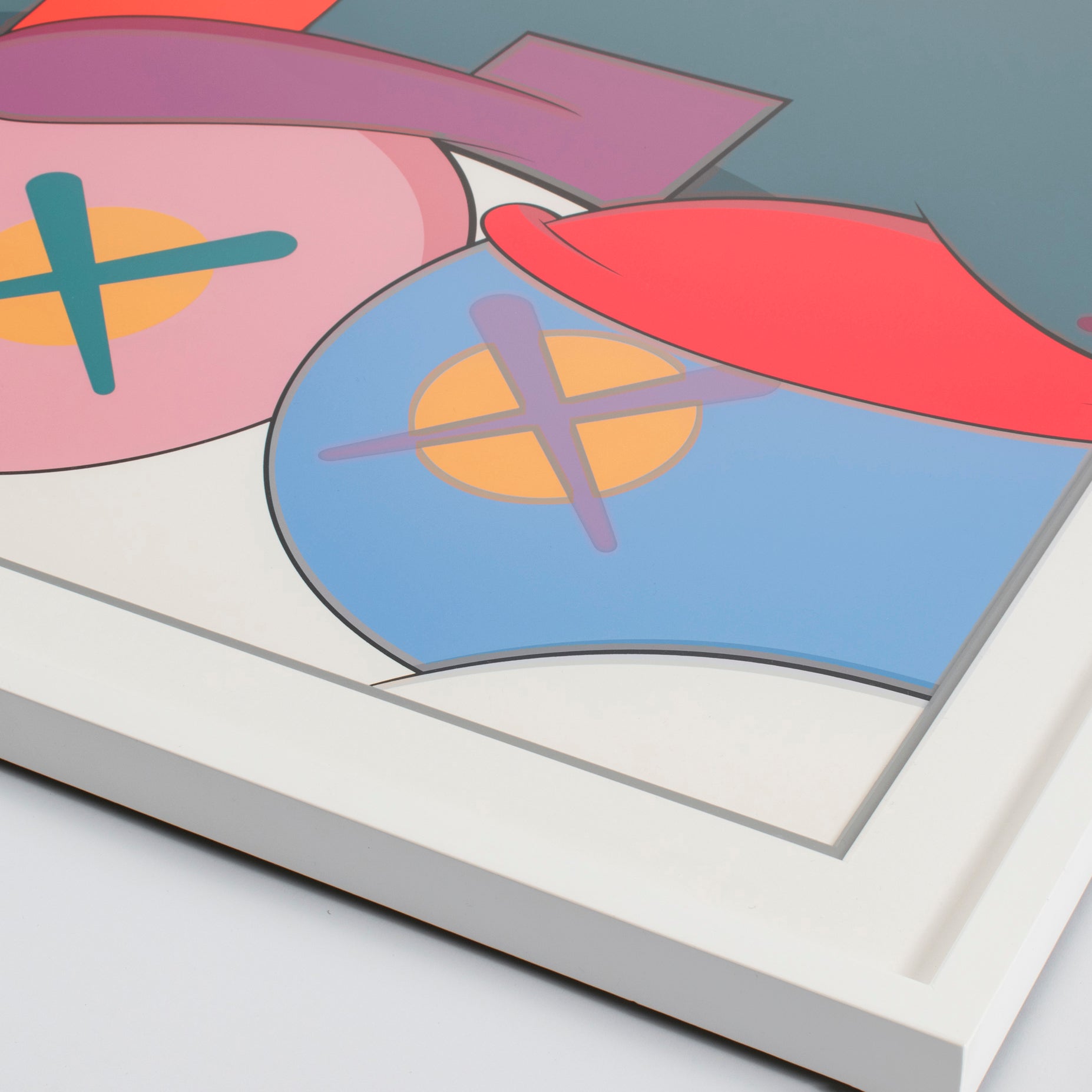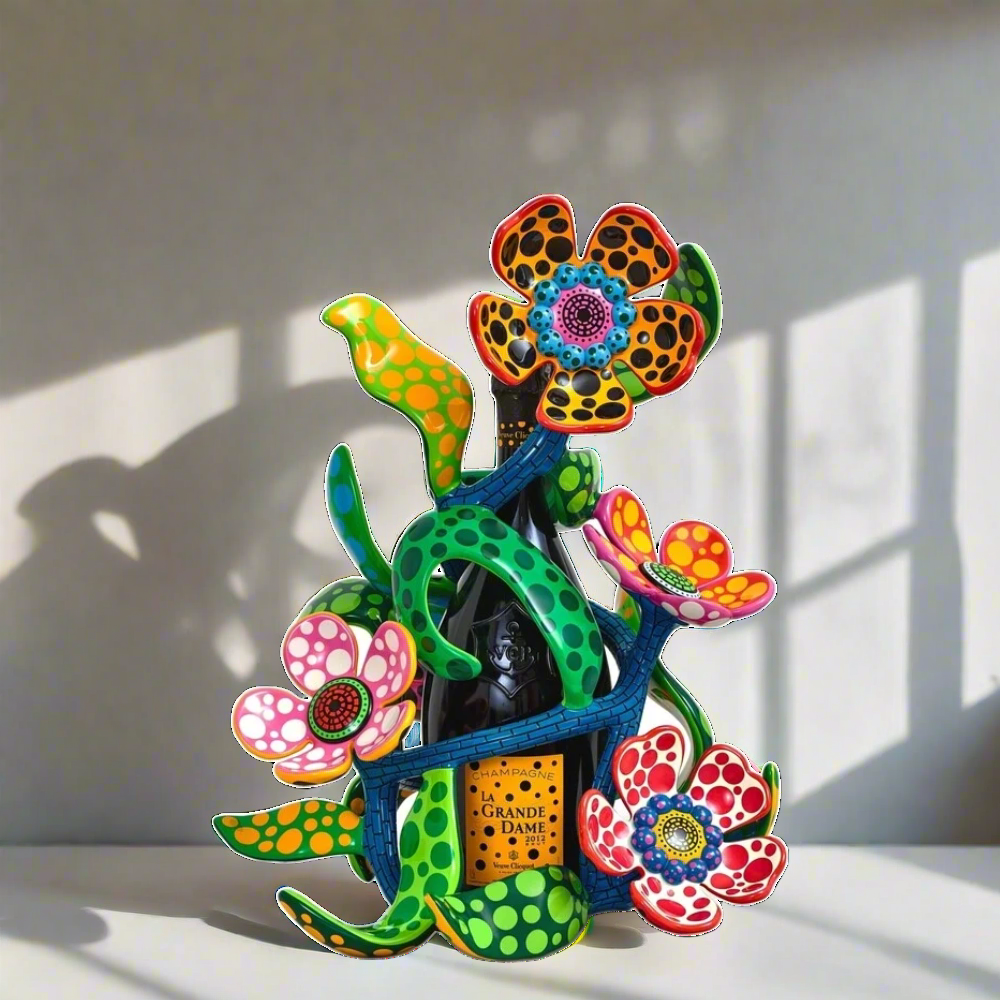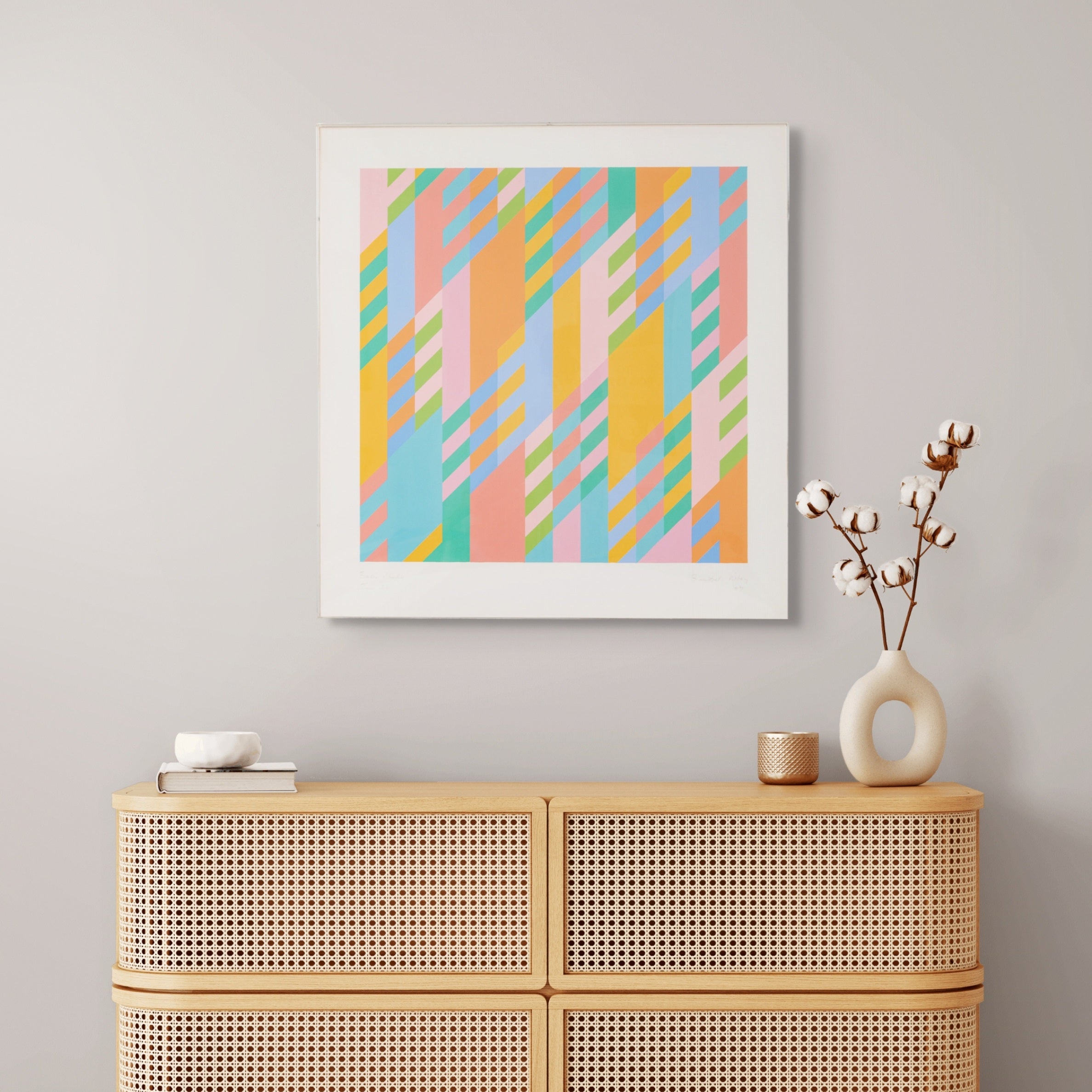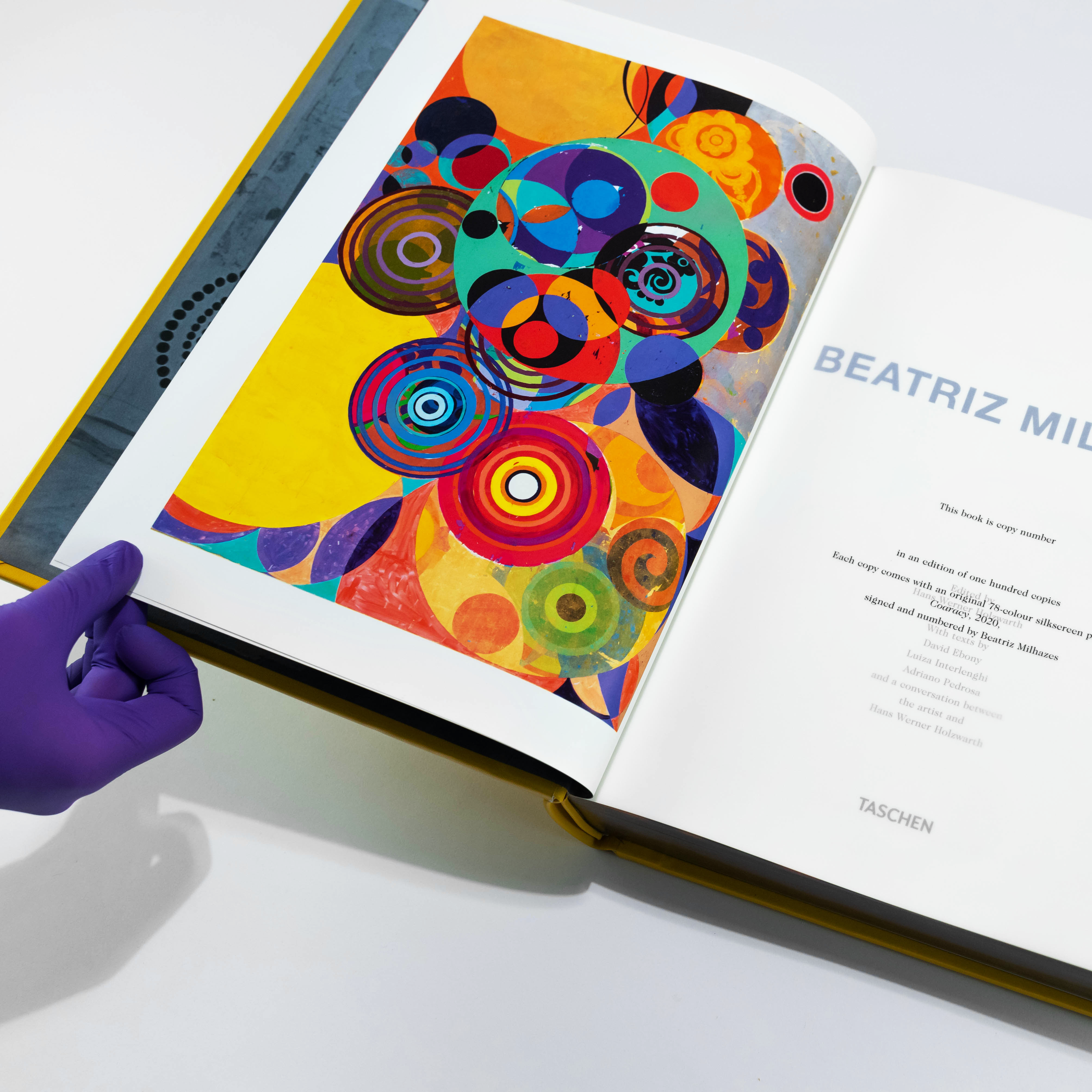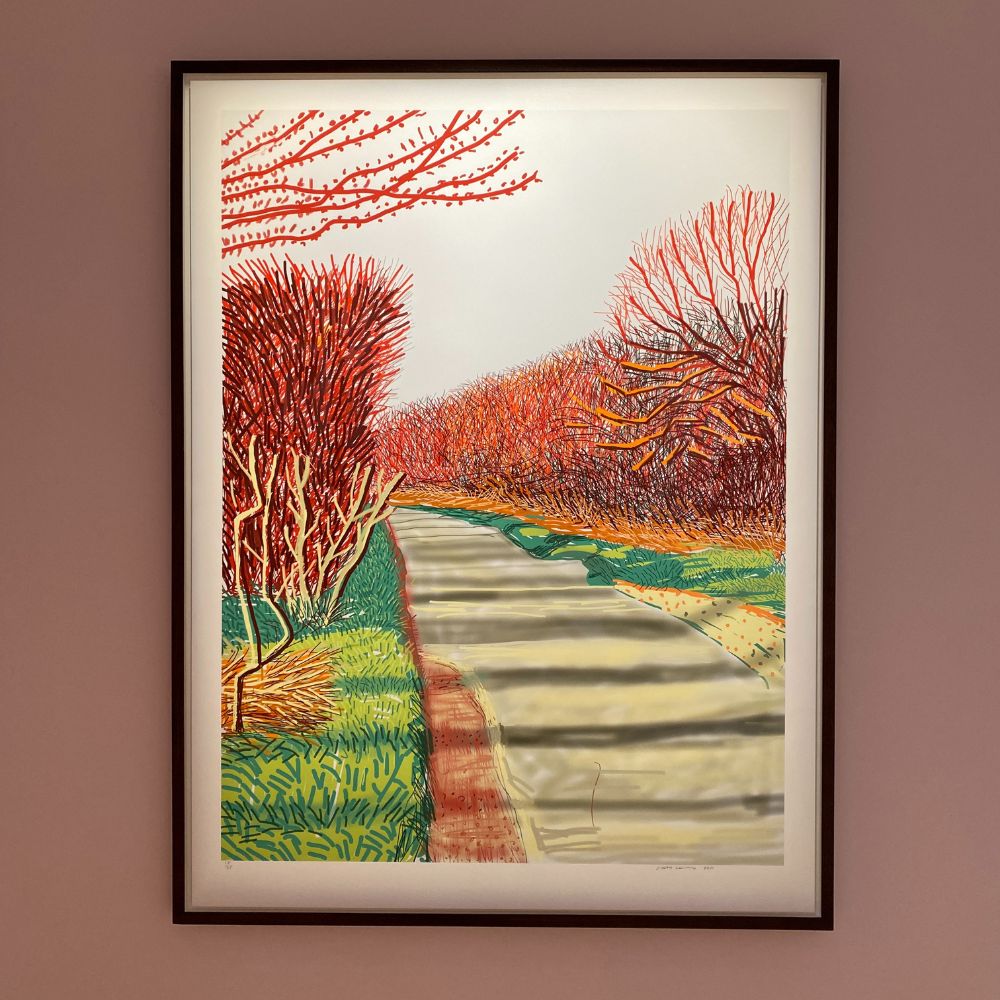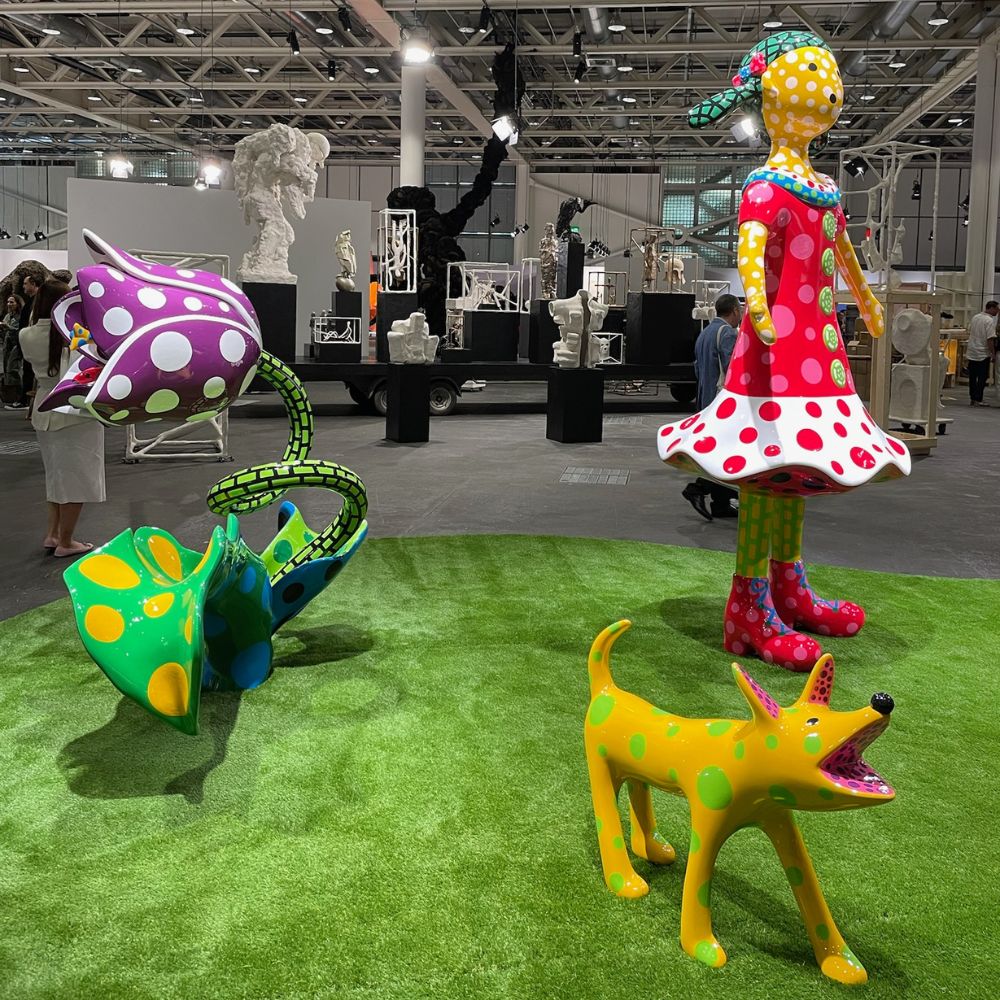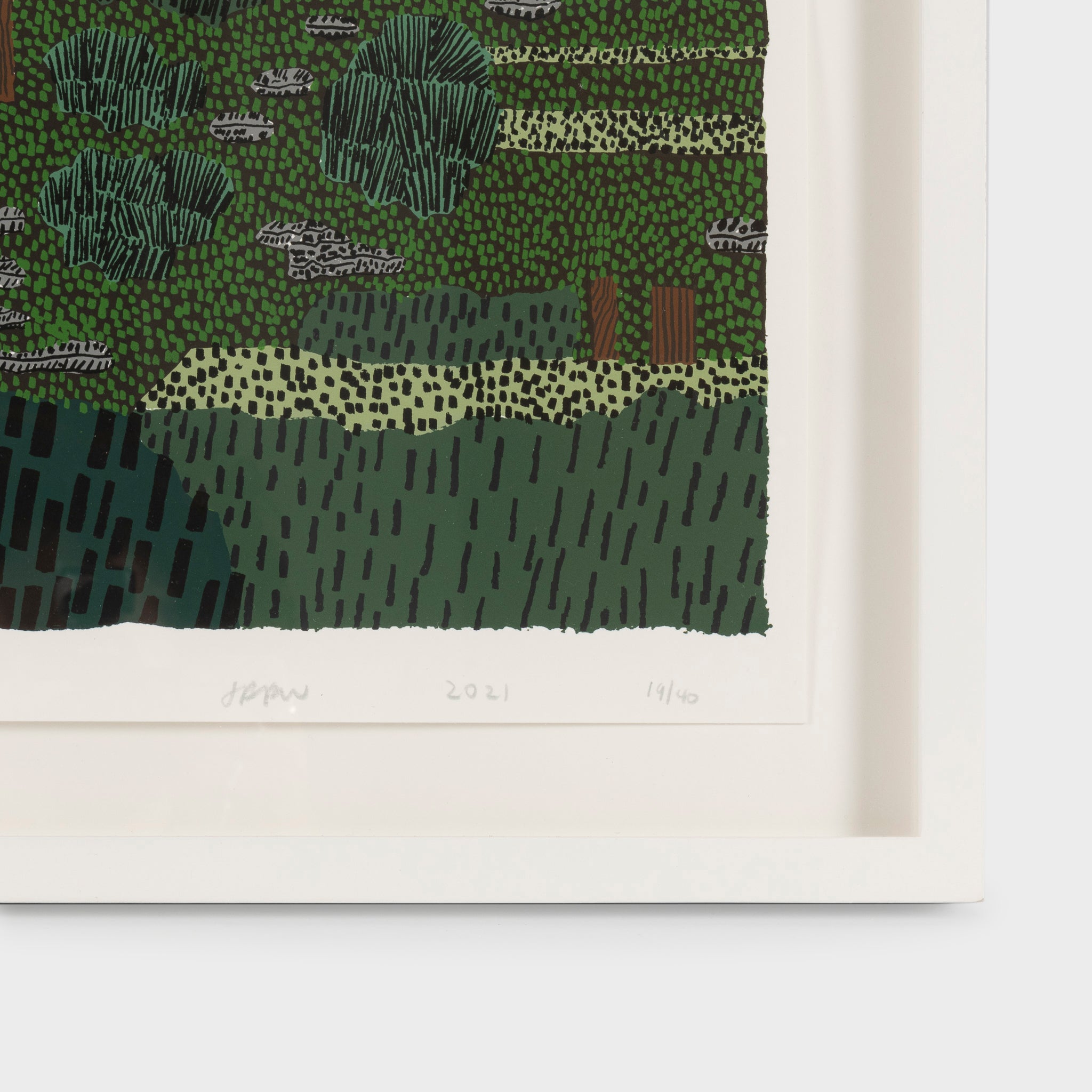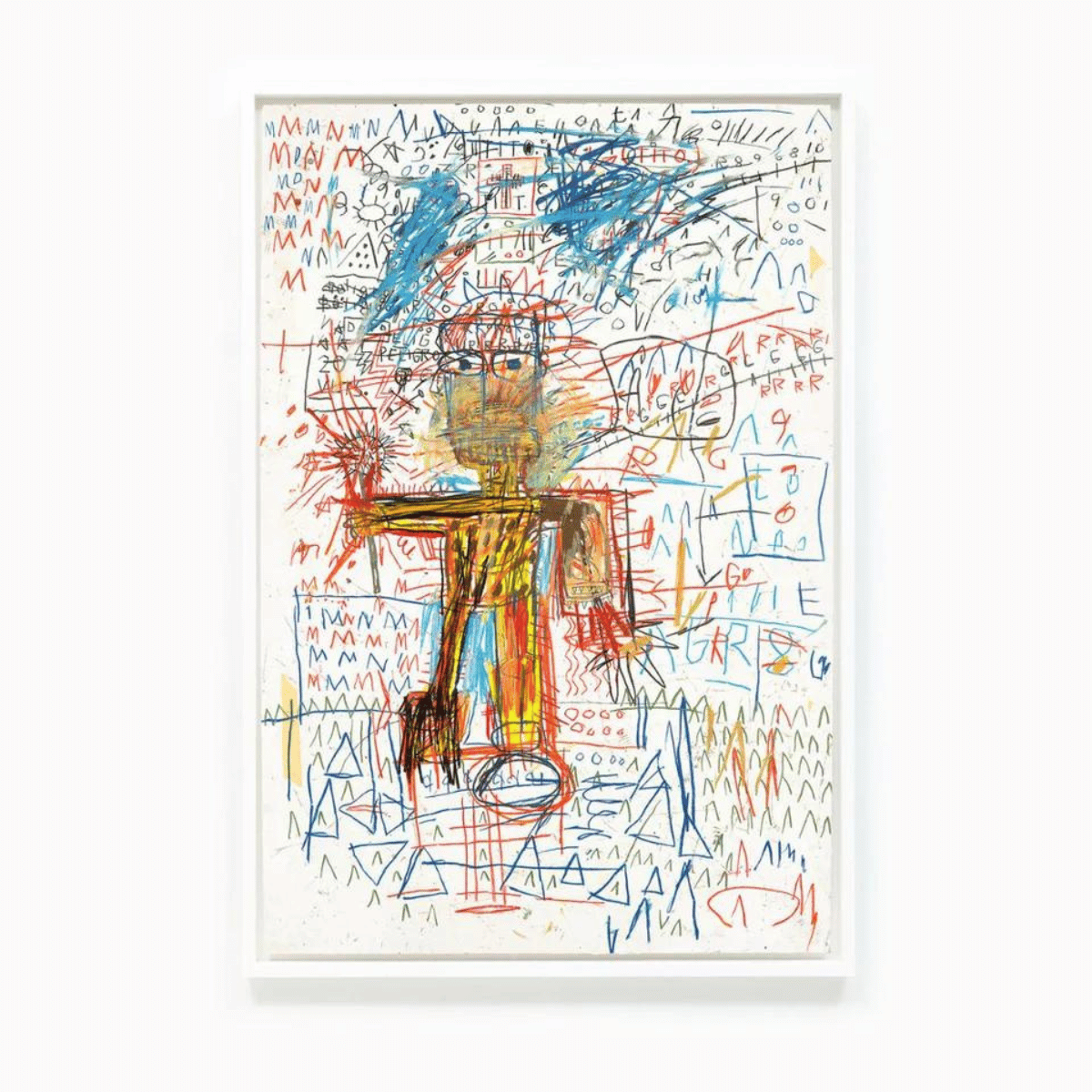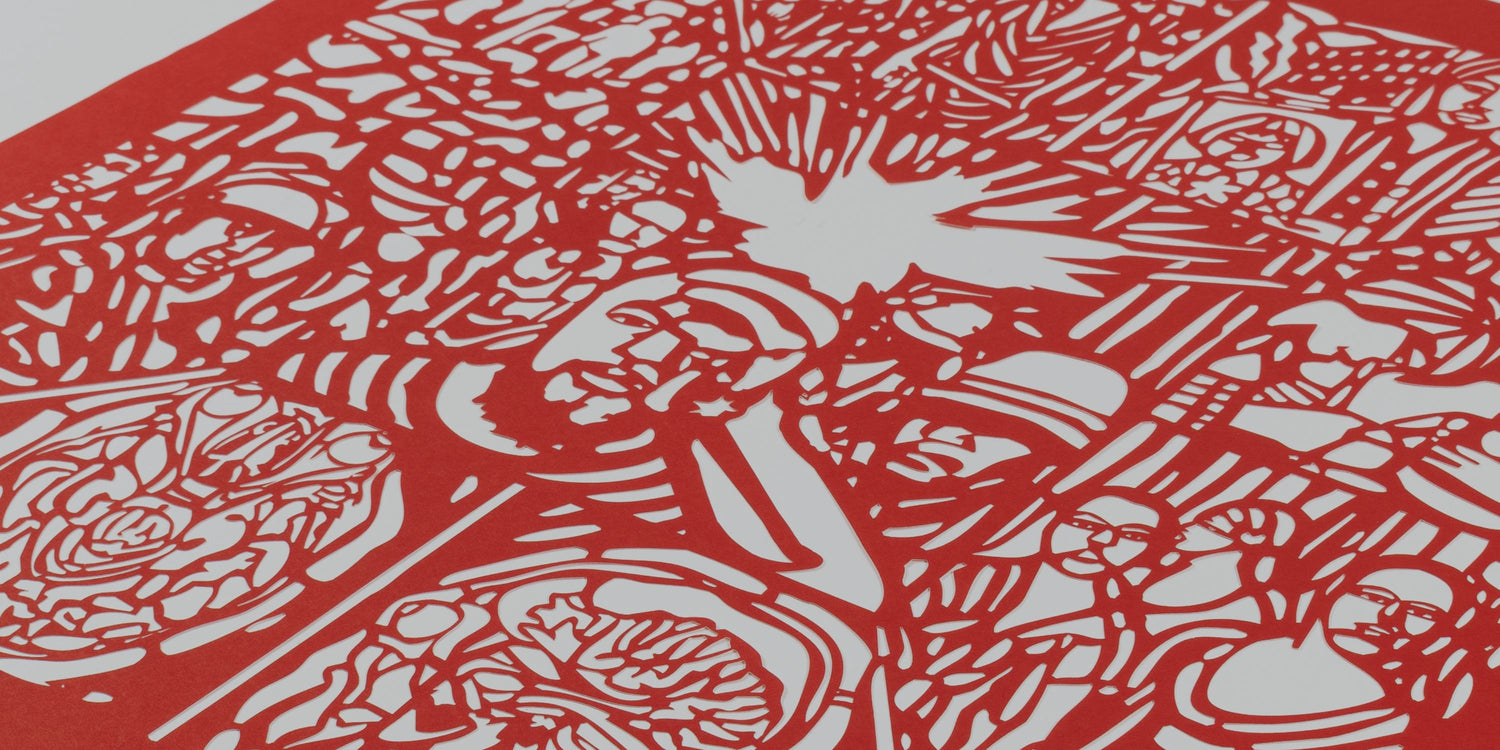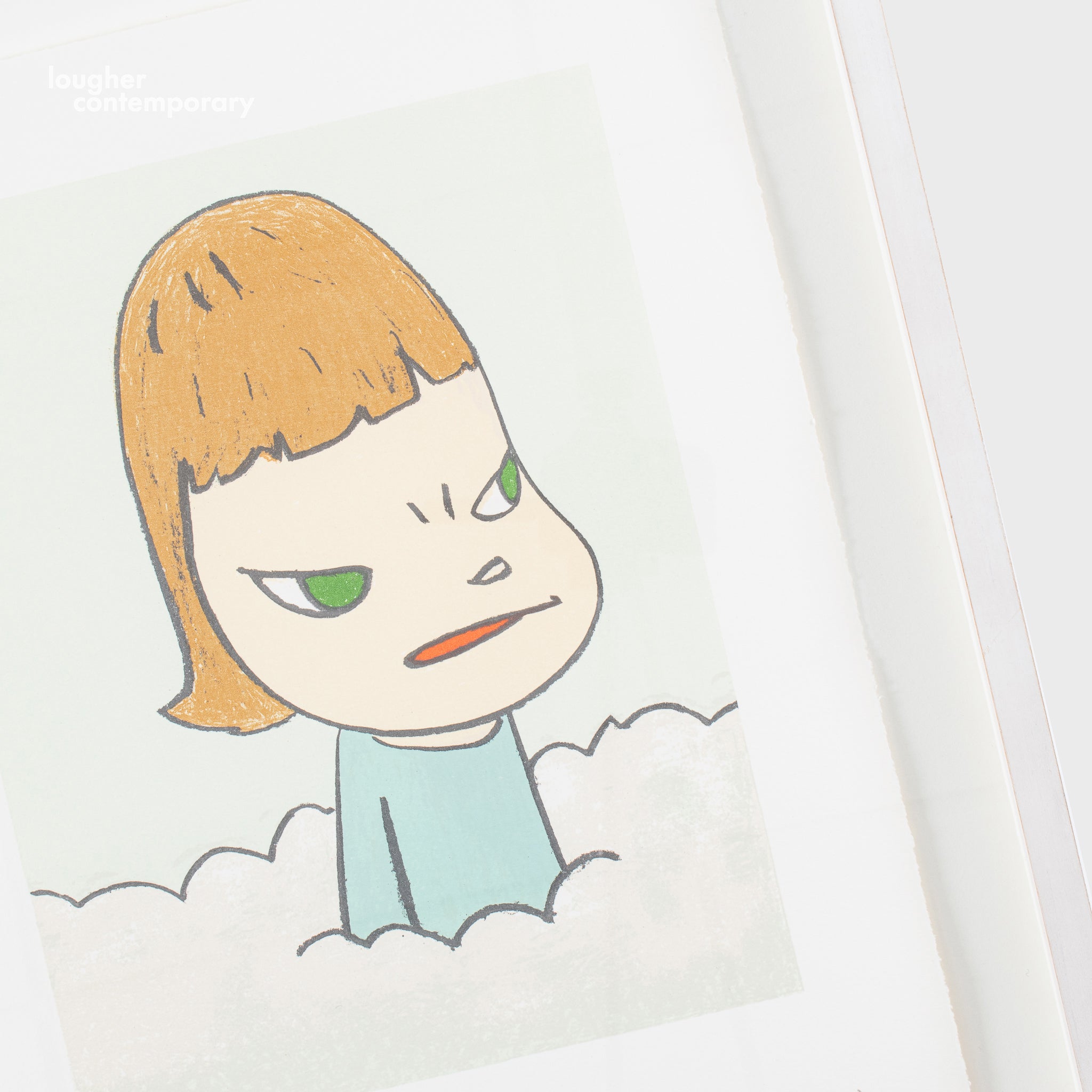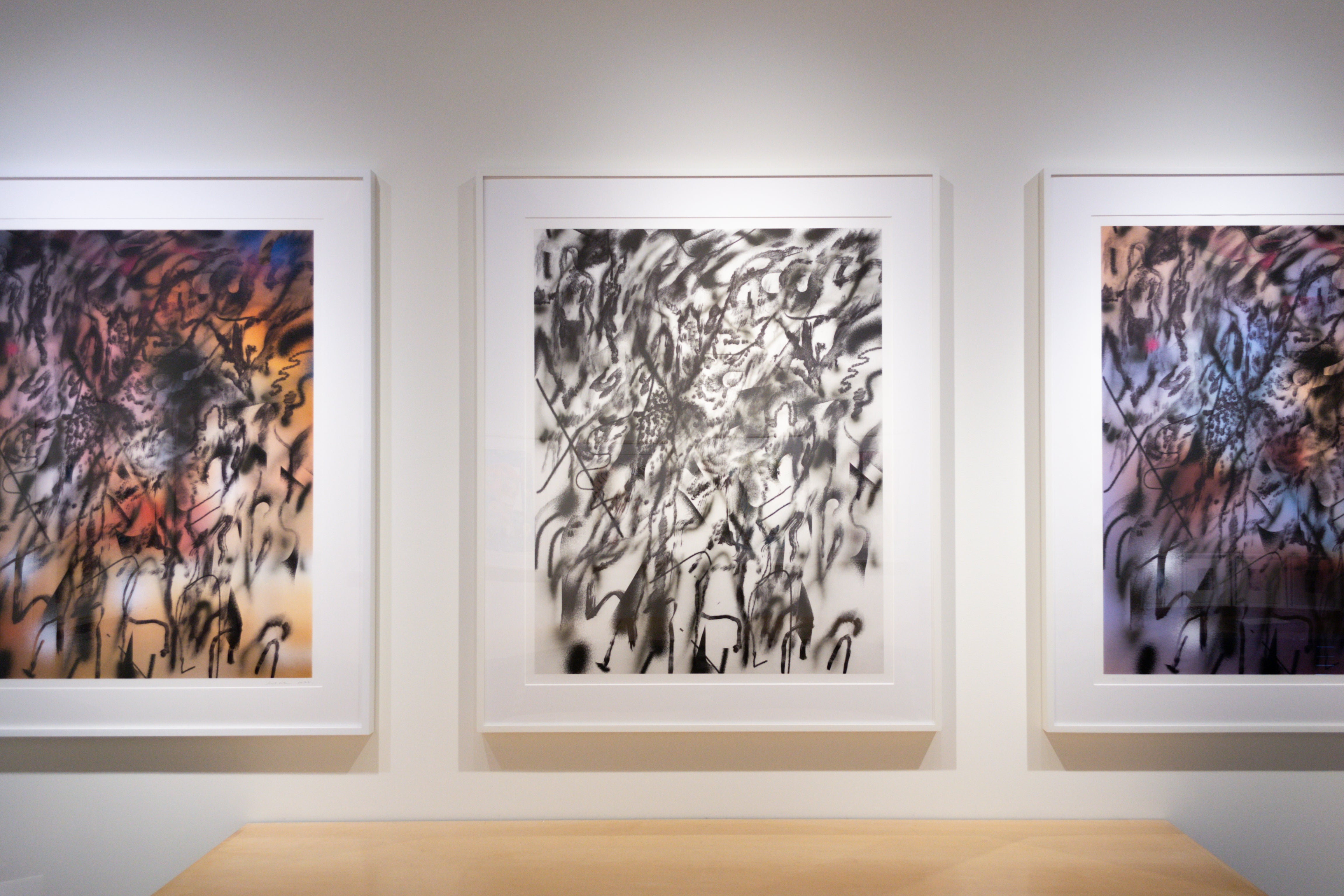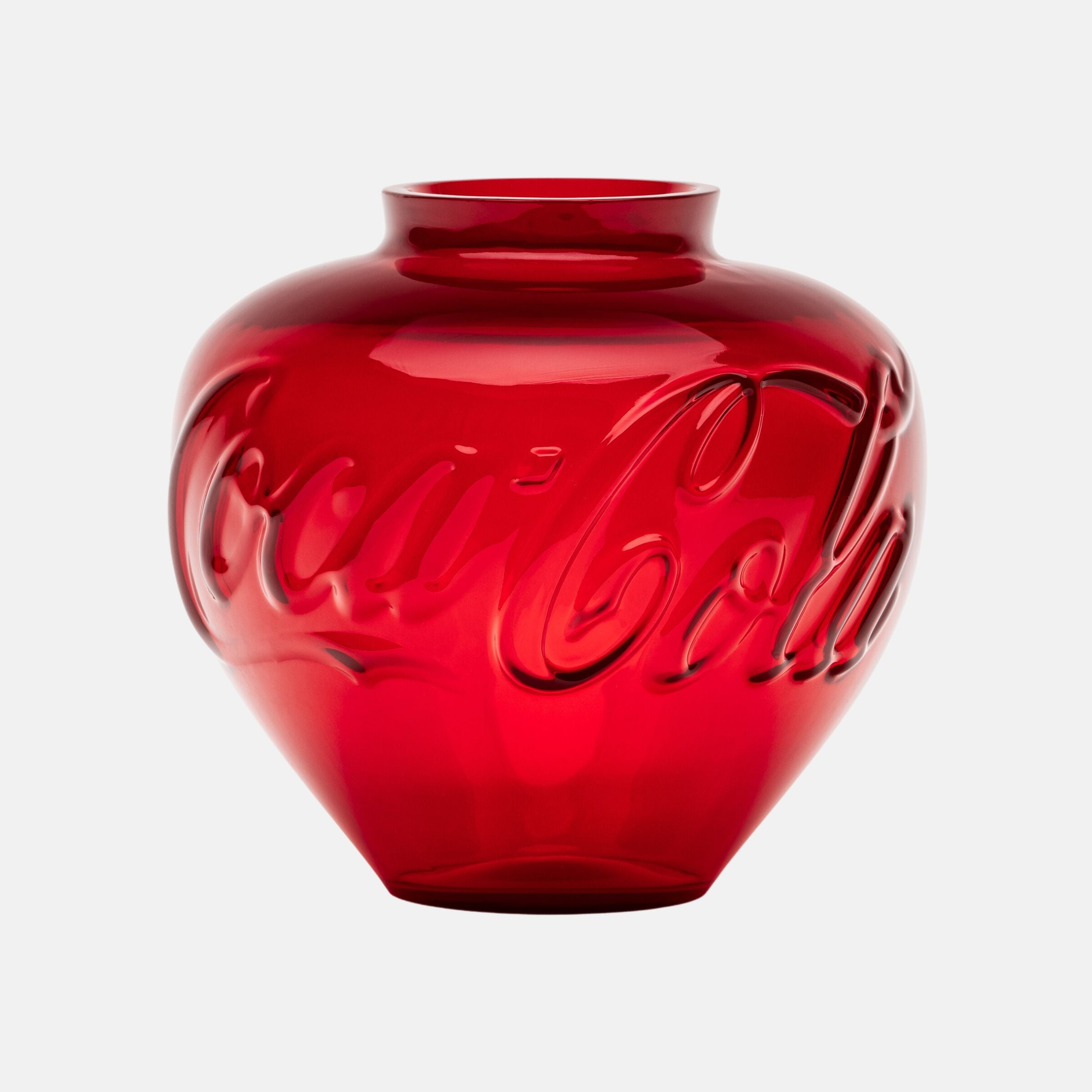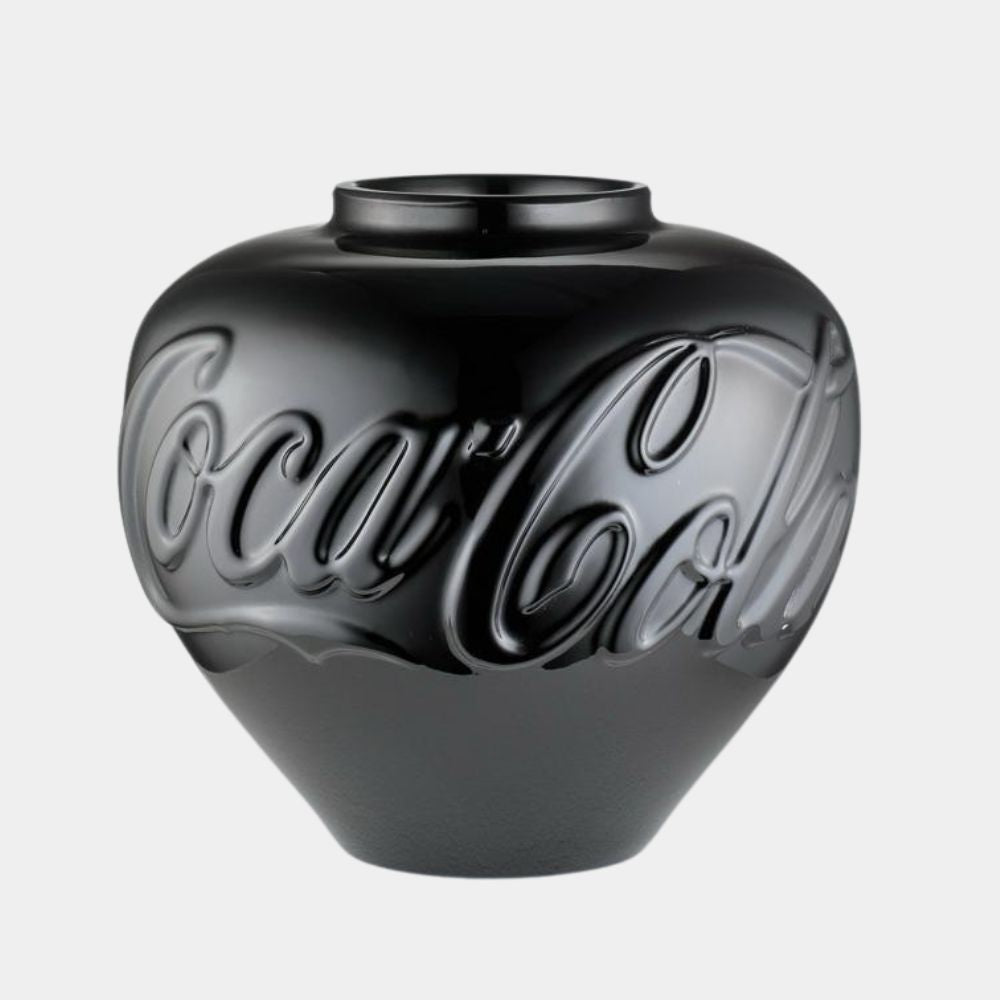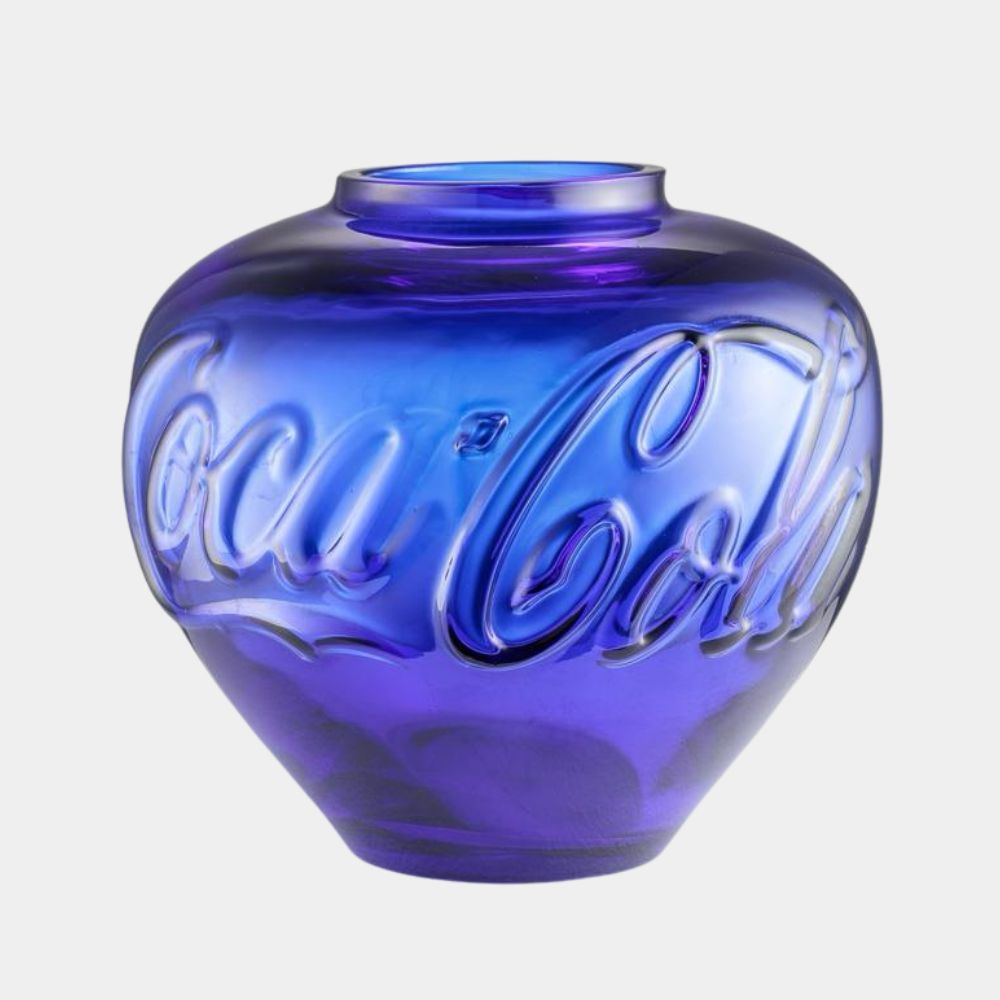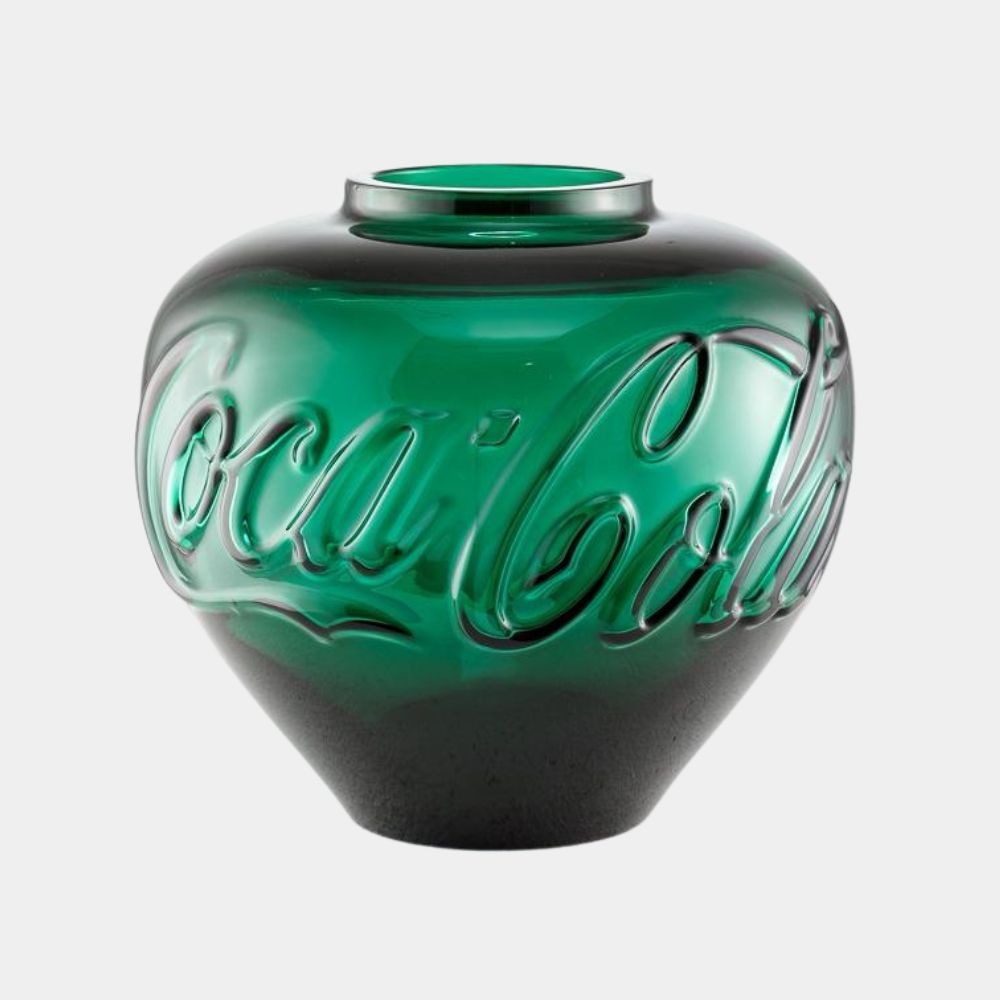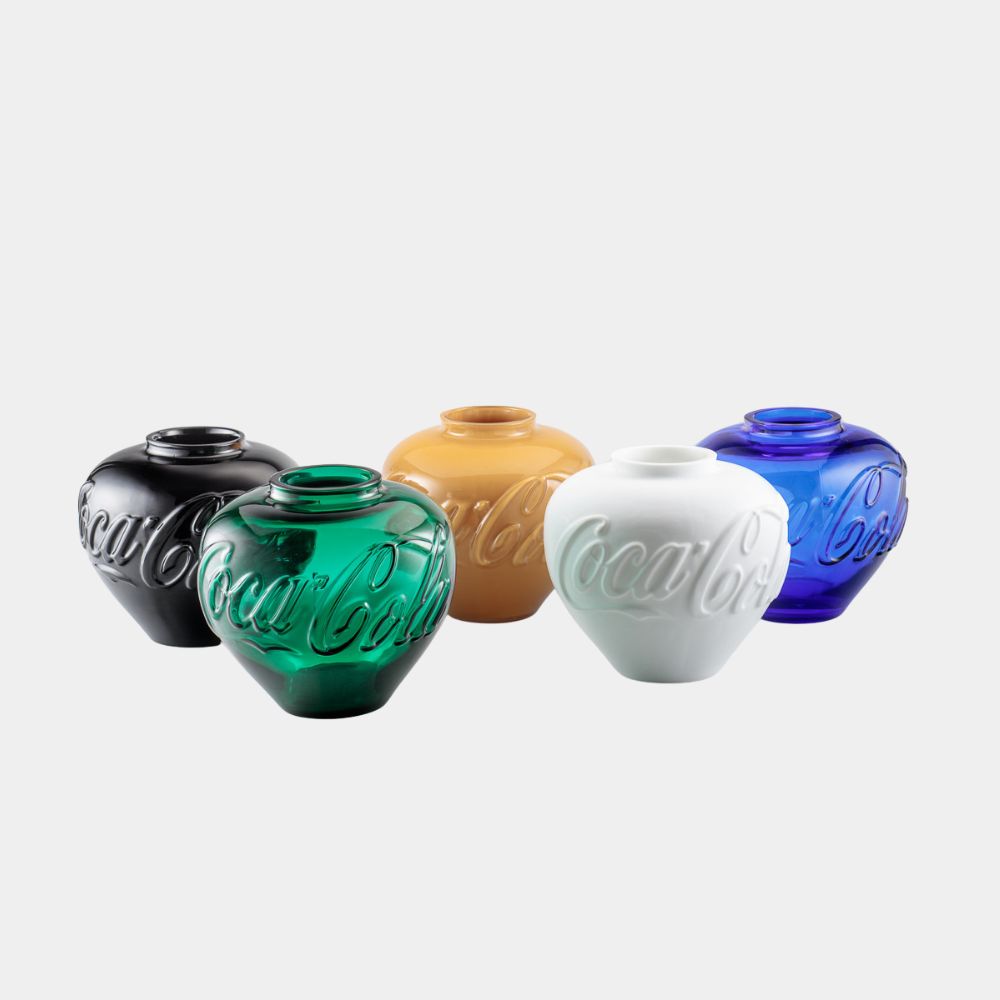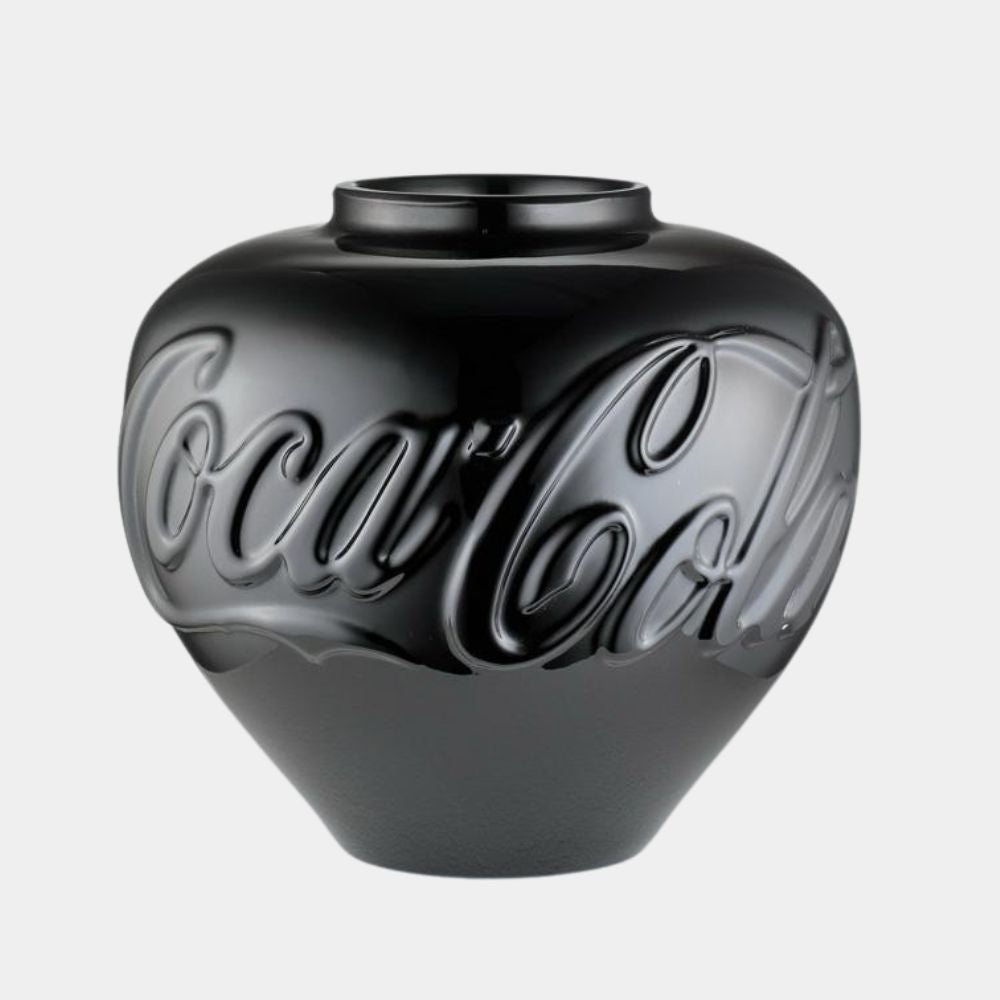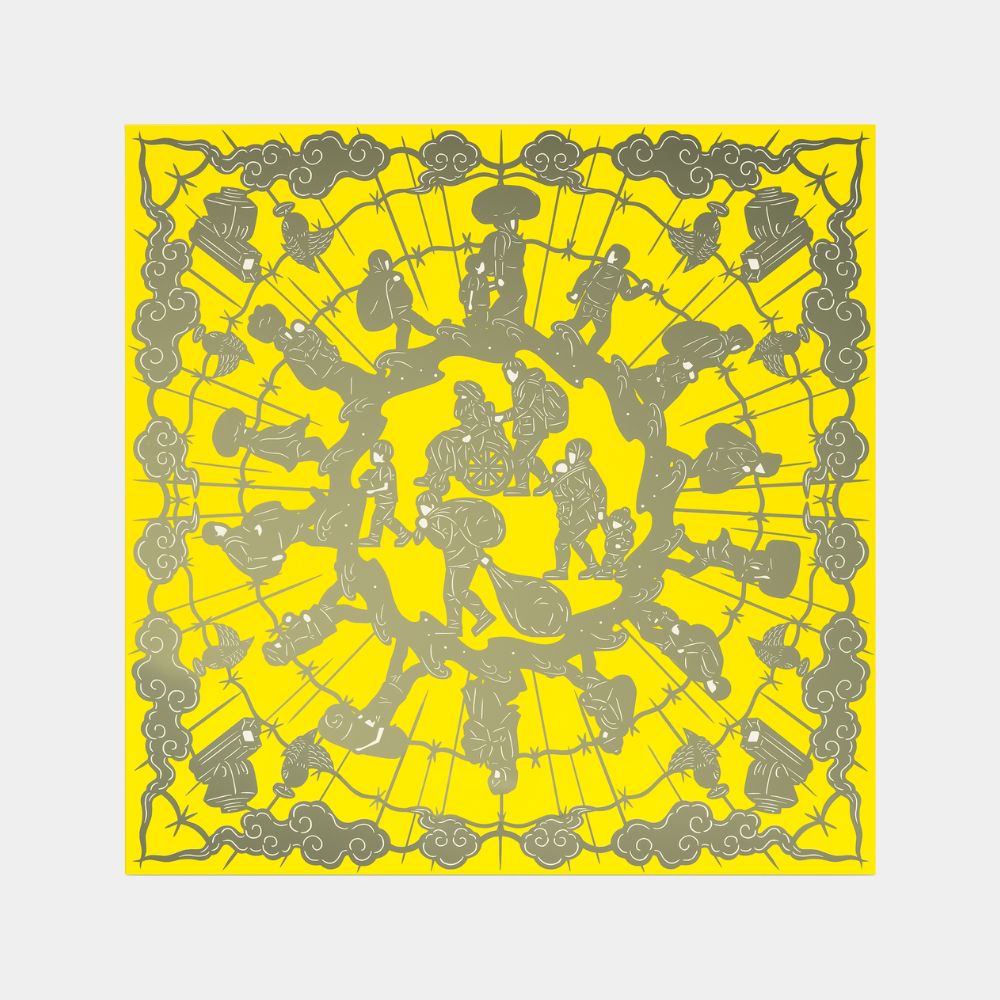Ai Weiwei, a prominent Chinese artist and activist, has left an indelible mark on the global art scene through his powerful installations and unyielding commitment to social and political activism. Born on August 28, 1957, in Beijing, Ai Weiwei grew up surrounded by art; his father, Ai Qing, was a renowned poet. However, it was Ai Weiwei's own journey that would take him from the world of art to becoming a voice against governmental oppression in China. Ai Weiwei's early exposure to creativity and intellectualism fuelled his artistic pursuits. In the 1980s, he relocated to the United States, studying at the Parsons School of Design in New York City. During this period, he was introduced to avant-garde movements and artists, influencing his approach to art and activism.
Confrontations with the Chinese Government
Ai Weiwei's outspoken critiques of the Chinese government, particularly regarding issues like human rights and freedom of expression, led to numerous confrontations. In 2008, he was a vocal critic of the Chinese government's response to the Sichuan earthquake, leading to the collapse of poorly constructed schools. His activism reached a turning point in 2011 when he was detained for 81 days without any official charges, a move widely seen as retribution for his outspoken views.
Ai Weiwei's interactions with the Chinese government have been marked by his outspoken stance on human rights, freedom of expression, and government transparency. The turning point came in 2008 when he criticized the government's response to the Sichuan earthquake, particularly the lack of transparency regarding the student casualties. His activism, though rooted in a desire for positive change, led to his arrest in 2011. The Chinese government detained Ai Weiwei for 81 days, sparking widespread international condemnation. Advocacy groups, fellow artists, and political figures globally rallied for his release. The incident not only highlighted the government's suppression of dissent but also elevated Ai Weiwei into a symbol of resistance against authoritarianism.
Ai Weiwei's detention profoundly influenced his subsequent artworks. His experiences with the Chinese government became central themes, emphasizing the artist's commitment to using his platform for political commentary. Works like 'S.A.C.R.E.D.' (2013), a series detailing his time in detention, and 'Trace' (2014), portraits made from LEGO bricks representing activists and prisoners of conscience, are poignant reflections on his ordeal and broader issues of human rights.
Ai Weiwei's art becomes a form of resistance, a medium through which he challenges the status quo. His installations and sculptures often carry subtle and overt symbols, providing a lens through which viewers can interpret the struggle for freedom and justice. Each piece serves as a visual commentary on the limitations imposed by the government and the resilience of the human spirit. Following his release, Ai Weiwei continued his activism on a global scale. His art installations, such as 'Law of the Journey' (2017), a monumental refugee boat, symbolise his commitment to raising awareness about global humanitarian issues. His experiences in China have fuelled his determination to advocate for the voiceless and marginalised.
In essence, Ai Weiwei's interactions with the Chinese government have become an integral part of his artistic narrative. His courage in confronting authority, his resilience in the face of adversity, and his dedication to social and political justice shine through in every brushstroke, sculpture, and installation. Ai Weiwei's art transcends the personal, becoming a powerful voice for those silenced by oppression.
Ai WeiWei on Display
Ai Weiwei's influence extends globally through major exhibitions. The "Ai Weiwei: According to What?" retrospective, which travelled to institutions like the Hirshhorn Museum and Sculpture Garden in Washington, D.C., and the Brooklyn Museum, showcased the breadth of his work. His installations have graced prestigious venues like the Royal Academy of Arts in London and the Martin-Gropius-Bau in Berlin. His installations are often large-scale and immersive, using materials such as porcelain, wood, and marble. Notable works include the "Sunflower Seeds" installation at Tate Modern, where millions of porcelain sunflower seeds covered the floor, symbolising collective identity and individualism.
Ai WeiWei at Auction
Ai Weiwei's influence extends beyond the gallery space, infiltrating the art market with substantial results. His pieces, reflecting both artistic significance and socio-political relevance, have achieved notable prices at auctions. "Dropping a Han Dynasty Urn" sold for over $1 million, while "Map of China" fetched over $4 million, underscoring the market's recognition of his profound impact.
For collectors, Ai Weiwei's limited edition works offer a unique opportunity to possess a piece of his distinctive artistry. From prints to sculptures, these limited editions echo his signature themes of dissent and social consciousness. The rarity and inherent value of these works make them coveted additions to art collections, providing a tangible connection to Ai Weiwei's ability to blend art and activism.
Ai Weiwei's journey from artistic provocateur to global activist underscores the transformative power of art. His installations, imbued with political and social commentary, challenge viewers to confront uncomfortable truths. As Ai Weiwei continues to redefine the boundaries of contemporary art, his impact remains a testament to the potential for artistic expression to drive societal change. For collectors, acquiring a piece of Ai Weiwei's limited edition works is not just an investment in art; it's a connection to a force that has reshaped the dialogue between art and activism on a global scale. Ai Weiwei remains a revolutionary artistic force, inspiring both artists and collectors to confront the complexities of our world through the lens of creativity and dissent.

